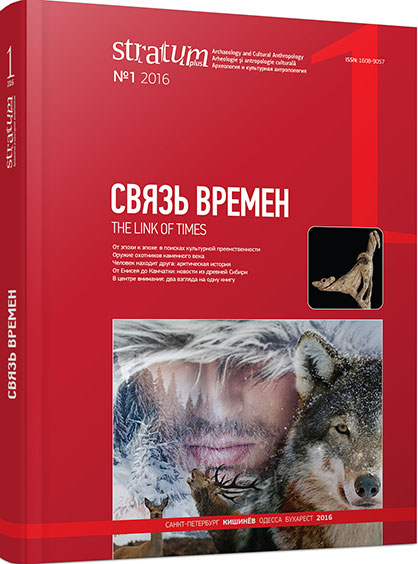Технологическая вариабельность оби-рахматиана: худжийская индустрия Западного Памиро-Тянь-Шаня
Technological Variability of the Obi-Rakhmatian: the Industry of Khudji Site, Western Pamir-Tien-Shan
Author(s): Konstantin K. Pavlenok, Andrey I. Krivoshapkin, Alena V. ShalaginaSubject(s): History, Anthropology, Archaeology, Cultural history, Cultural Anthropology / Ethnology
Published by: Издательский дом Stratum, Университет «Высшая антропологическая школа»
Keywords: Western Pamir-Tien-Shan; Middle Palaeolithic; Obi-Rakhmatian cultural tradition; wide-faced cores; truncatedfaceted pieces
Summary/Abstract: It is suggested that two major Middle Palaeolithic cultural traditions can be identified in the western part of Central Asia: the Mousterian (Teshik-Tash type) and Laminar (Obi-Rakhmatian) ones. Lithic materials from the Obi-Rakhmatian type assemblages formed the basis for the regional model of the Middle to Upper Palaeolithic transition. Obi-Rakhmatian is divided into three successive stages — early, middle and late. While the early stages of the Obi-Rakhmatian are best described at the Kulbulak and Obi-Rakhmat sites, new developmental trends in knapping strategies during the middle and late phases of Obi-Rakhmatian were identified as a result of a detailed study of the Khudji assemblage (Tajikistan). Particular attention should be paid to the gradual spread of specialized technologies aimed at obtaining elongated blanks from wide-faced cores, as well as to changes in the ways truncated-faceted pieces were used.
Journal: Stratum plus. Археология и культурная антропология
- Issue Year: 2016
- Issue No: 1
- Page Range: 85-101
- Page Count: 17
- Language: Russian
- Content File-PDF

